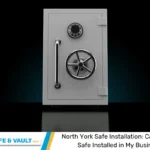
North York Safe Installation: Can I Have a Safe Installed in My Business?
Are you worried about protecting your cash, sensitive documents, or
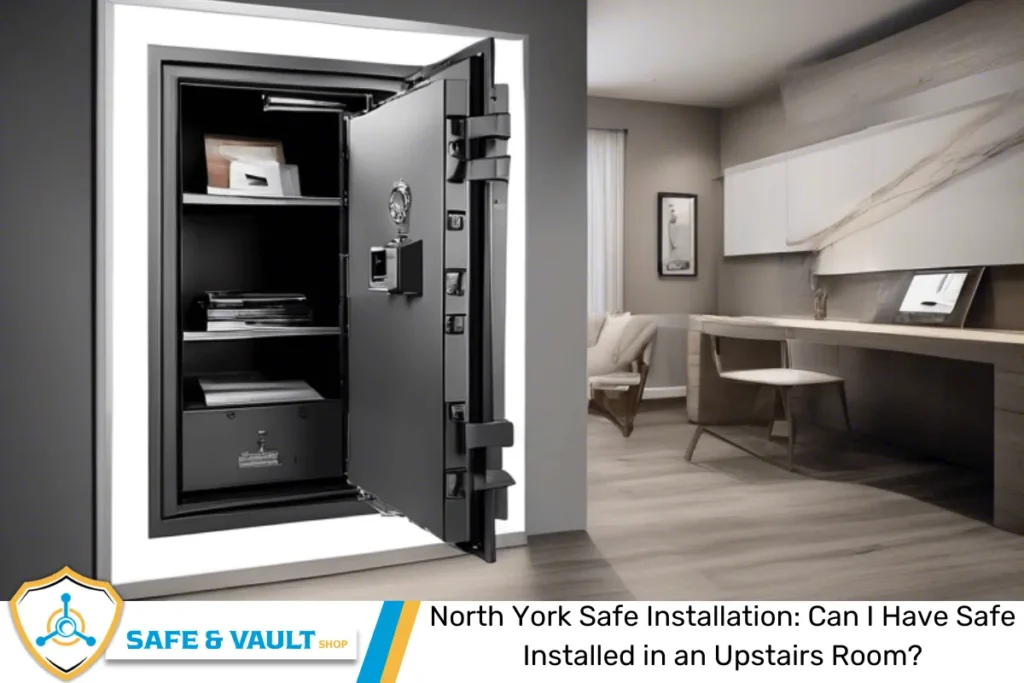
Are you worried about keeping your valuables secure and considering a North York safe installation for your upstairs room? Many homeowners want the peace of mind that comes with a secure safe but worry about whether their second floor can handle the weight or if there are any hidden risks. The truth is, with the right installation services and knowledge, you can have a safe or vault installed in an upstairs room safely and securely.
In this article, we’ll walk you through everything you need to know—like structural support, the best types of safes, safety tips, and smart ways to install a safe on the upper floor of your home or business. Get ready to discover the safest way to protect what matters most!
Choosing to install a home safe upstairs is a growing trend, especially in North York and Toronto homes. Homeowners prefer upstairs installations for added discreet security and easier access to important documents or jewelry safes in bedrooms, home offices, or even an under stairs storage area. Placing a safe on the second floor can help deter residential break-ins, as burglars often look for quick targets on the main floor.
Homeowners with a firearm collection, expensive jewelry, vital records, or sensitive documents often want quick access. A hidden safe inside a closet door or wall cavity blends into your home decor, offering both protection and privacy. But before you schedule an installation service, it’s essential to understand the challenges and solutions for upstairs safe and vault installation.
Structural integrity is a top concern when installing heavy safes or vaults on an upper floor. Most modern North York homes are built to handle standard furniture, but not every upstairs room is designed for the added load of a gun safe, burglary safe, or fireproof safe.
Pro Tip: For especially heavy safes, such as executive safes or large gun safes, professional teams can install additional supports like reinforced steel plates beneath the safe or use an installation kit designed for floor and wall units.
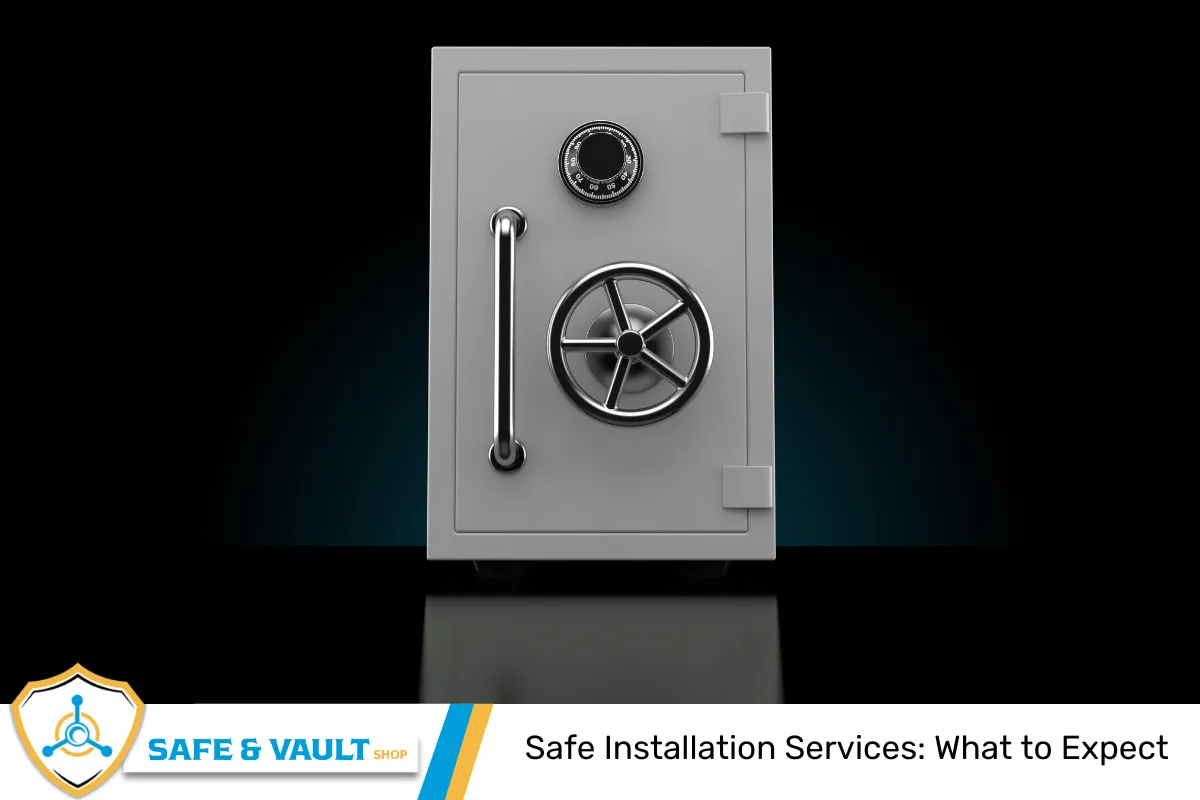
When you hire a North York safe installation service, you benefit from experienced safe moving specialists, advanced tools, and peace of mind. Here’s what a typical safe installation process looks like:
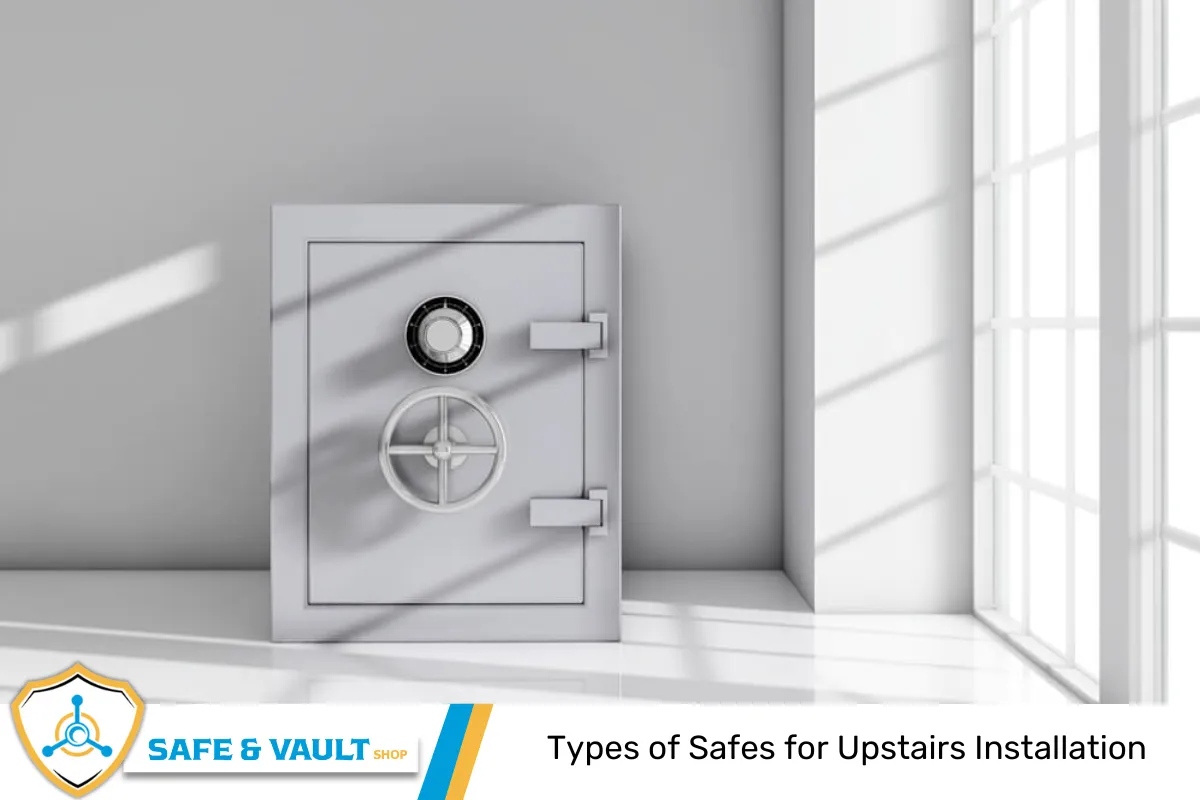
Not all safes are created equal. Choosing the right safe or vault for your upstairs room depends on your security needs, the structural support available, and your valuables’ size and value. Here are the most common types used in North York safe installation:
Note: Always check for fire protection, water resistance, and burglary-resistant ratings that meet your insurance and security needs.
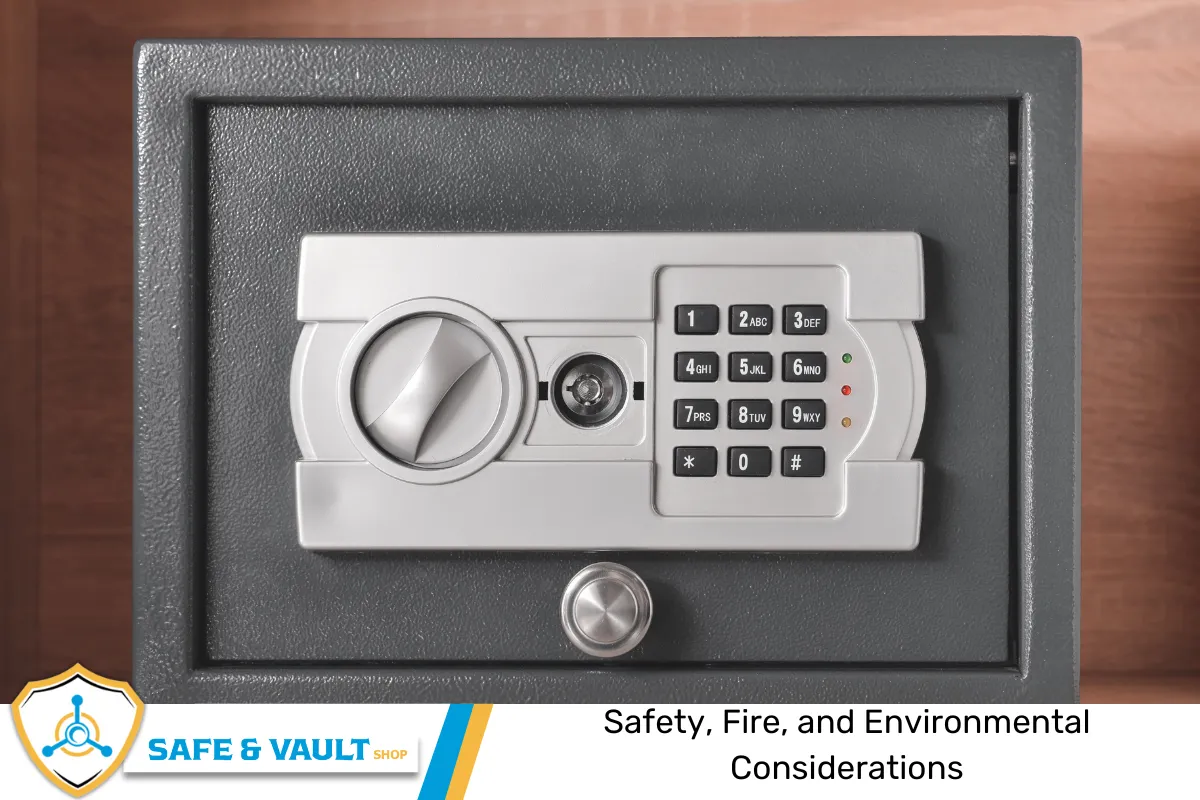
Upstairs rooms offer many advantages, but also come with special concerns for home safety:
In North York and the greater Toronto area, safe and vault services should include professional teams, experienced safe technicians, and proven customer service. Here’s how to choose:
Read North York Safe Installation: Can a Safe Be Installed in a Closet?

The key to a successful upstairs safe installation is preparation and proper technique.
Every home is unique, but here are some proven locations for upstairs safe installation:
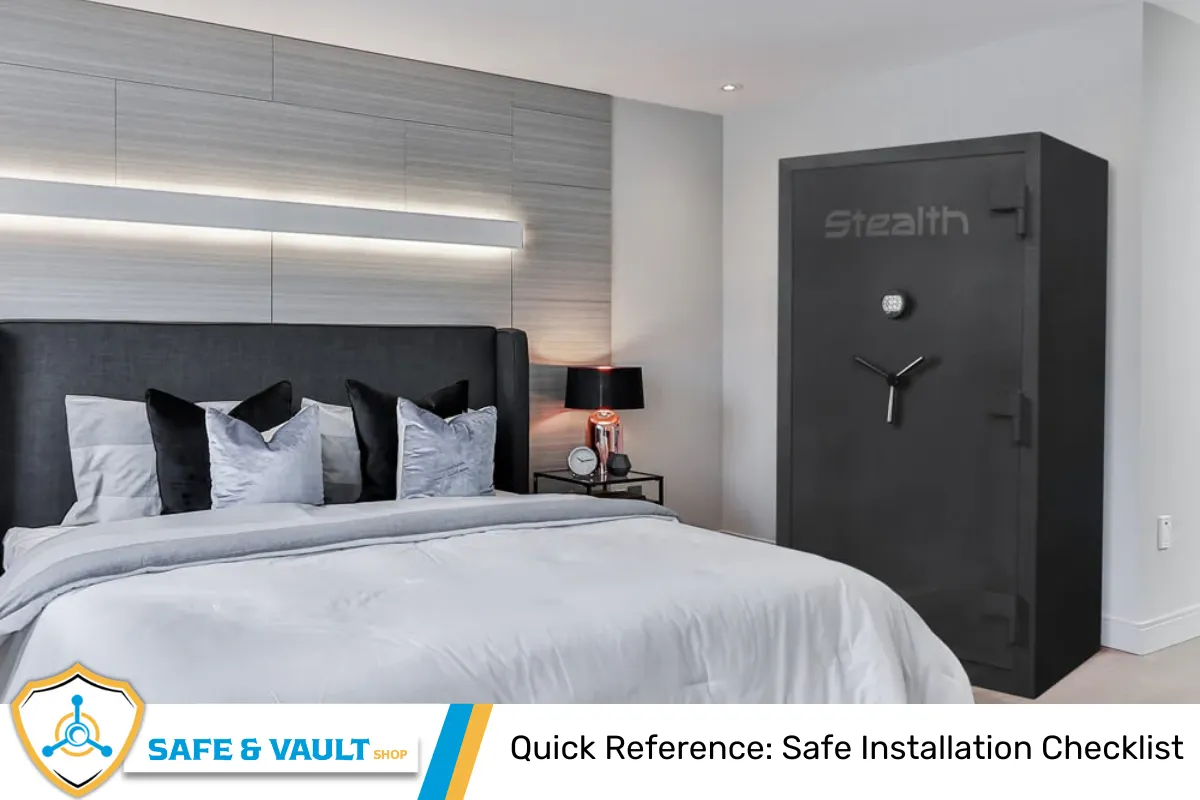
So, can you have a safe installed in an upstairs room? Yes, you can! With the right planning, expert installation service, and careful attention to structural integrity, your valuables, family, and peace of mind are protected. Always work with qualified safe and vault technicians, choose a safe that meets your fire and burglary protection needs, and never skip anchoring or security features. Whether you want a home safe, gun safe, or a custom vault installation, North York homeowners have excellent options for safe and vault installation on any floor of their home or business.

Looking for trusted North York safe installation services? Safe and Vault Shop is your go-to expert for home safes, gun safes, and custom vault installations in North York and nearby areas. Our professional team offers safe and vault installation, advanced security solutions, and reliable anchoring systems for any room—including second floors and tight spaces. Whether you need a burglary safe, fire safe, or a discreet security option, we use only top-rated equipment and techniques to keep your valuables protected.
Contact Safe and Vault Shop today at (647) 762-7387 for fast, friendly service and a free quote. Discover why homeowners and businesses across North York rely on us for the highest standard of safe installation and satisfaction!
The price of upstairs safe installation in North York depends on the size and type of the safe, the weight, and the difficulty of delivery. A simple home safe or small jewelry safe might cost between $200 and $500 for installation alone. Heavy gun safes or executive safes that require moving up stairs, reinforcement, or advanced anchoring systems can cost $500 to $1,500 or more. Some installers include delivery, anchoring, and installation kit costs in the quote. Always ask for a satisfaction guarantee, warranty coverage, and whether removal of an old safe or safe disposal services are included.
Yes, but you need permission from your landlord or property manager before making any modifications, especially if anchoring the safe to the floor or wall is required. Some apartments or condos have post tension concrete slabs or special flooring, which can be damaged by drilling or bolting. Always check your building’s plans and review legal compliance and insurance implications. If permanent changes are not allowed, look for freestanding safes or use advanced locking mechanisms that don’t require bolting.
A creaking or sagging floor may signal that the safe is too heavy or that structural support is lacking. Stop using the safe and contact a professional installer or structural engineer right away to assess the situation. They may recommend reinforcing the floor joists or relocating the safe to a better-supported area. Avoid ignoring these signs, as structural damage could lead to costly repairs or even safety hazards.
Biometric locks, digital keypad systems, and electronic locks offer advanced convenience and can provide high security if installed and maintained properly. Choose a UL-rated lock system for added assurance. Biometric fingerprint technology is reliable, but make sure to keep backup keys or a secondary access method in case of technical issues or power loss. Always set a strong safe combination, use safe lock upgrades as needed, and review your warranty coverage for electronic components.
Installing a safe, especially a fireproof and burglary-resistant model, may improve your home security and can sometimes lower your insurance premium. However, it’s important to inform your insurance provider about the safe installation, provide details such as the safe’s fire rating, UL rating, and location, and check if there are any specific requirements for coverage. Ensure that the installation follows local building codes and legal compliance standards to avoid any issues in case of a claim or inspection.

Are you worried about protecting your cash, sensitive documents, or
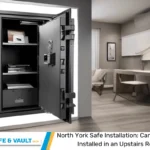
Are you worried about keeping your valuables secure and considering

When it comes to North York safe installation, many homeowners

When you visit North York Safe and Vault Shop, you
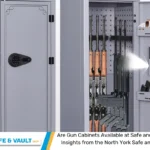
North York Safe and Vault Shop is your go-to destination
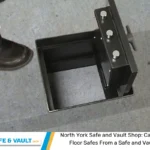
North York Safe and Vault Shop is your go-to destination
A resident at 33 Newlin Crescent, North York, ON M3L
A homeowner at 27 Almont Rd, North York, ON M3H
A homeowner at 17 Sandale Gardens, North York, ON M3H
A homeowner at 29 Hurlingham Crescent, Toronto, ON M3B 2P9,